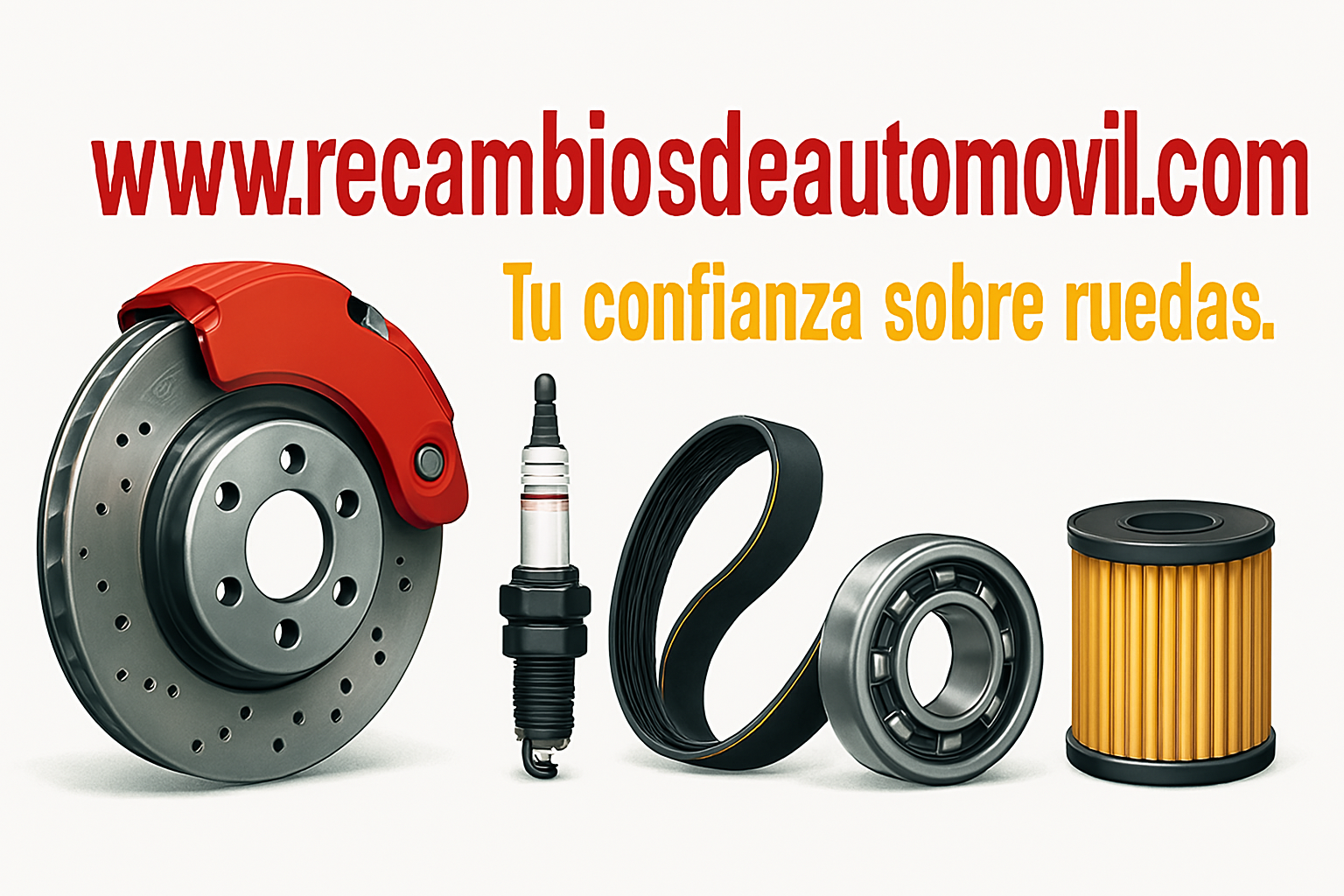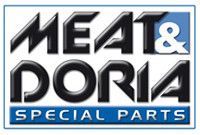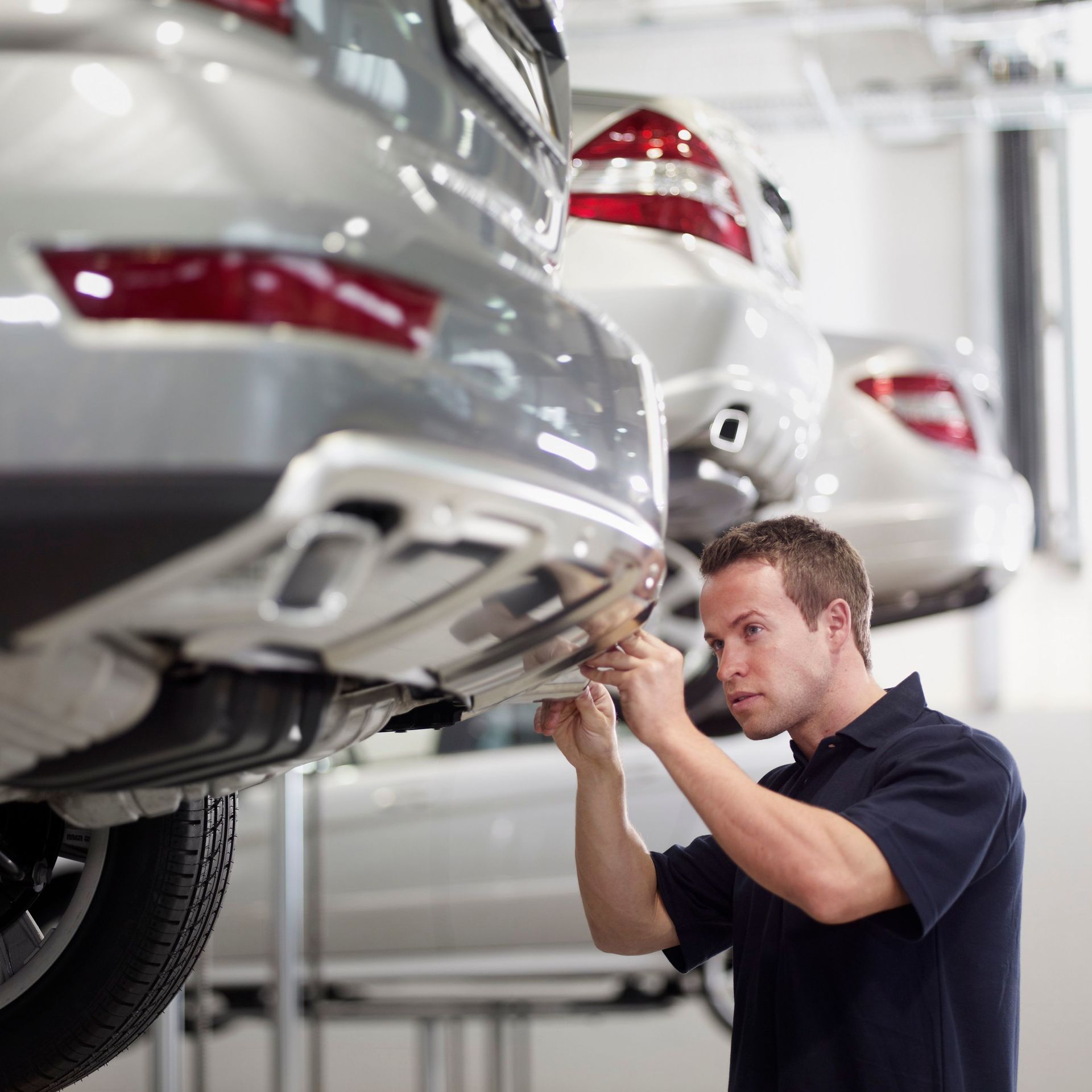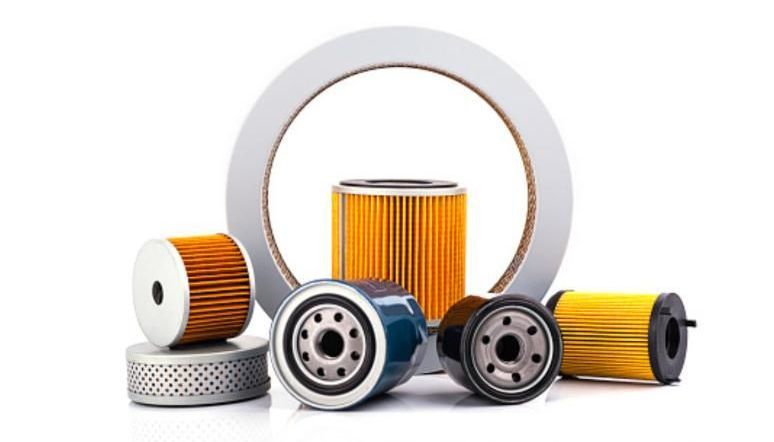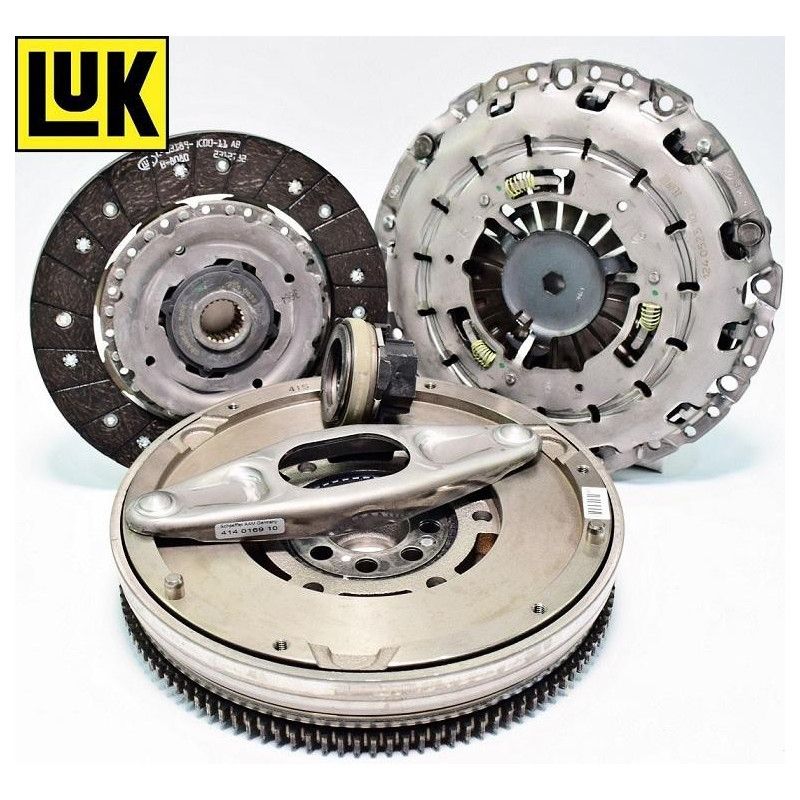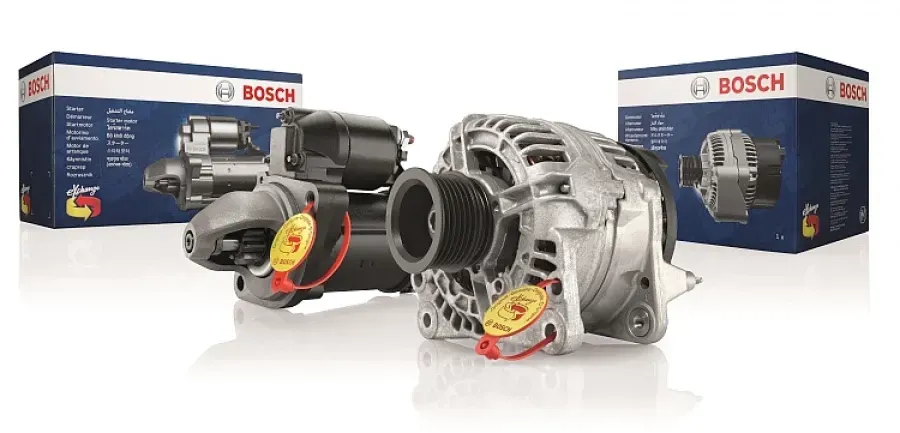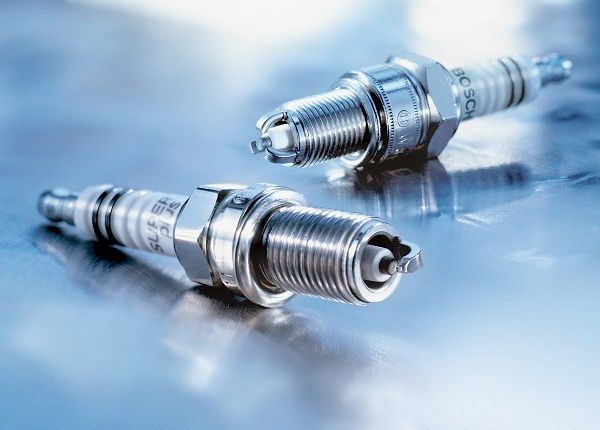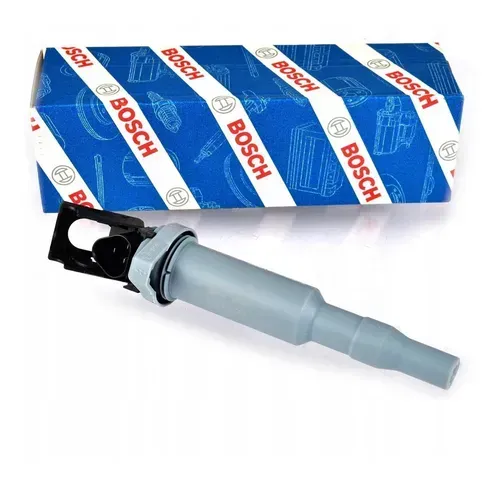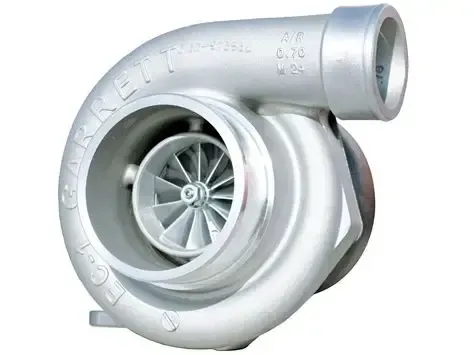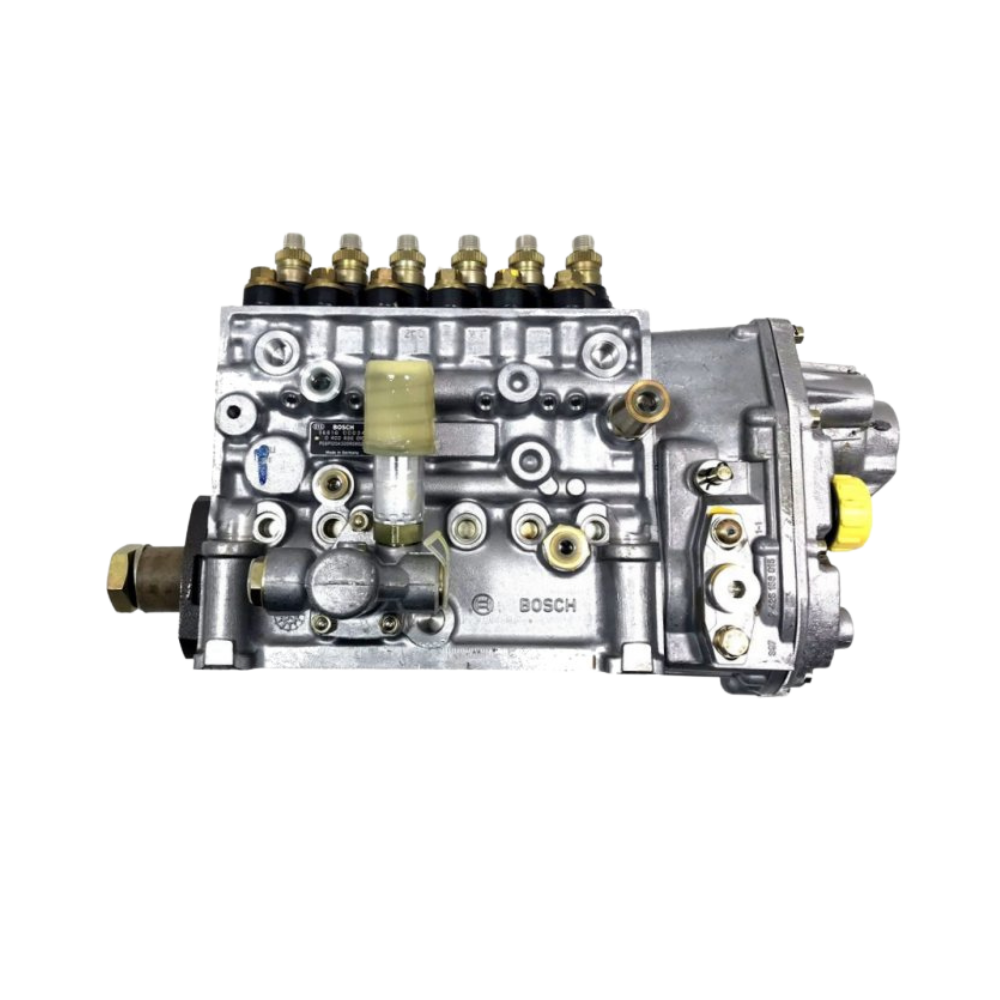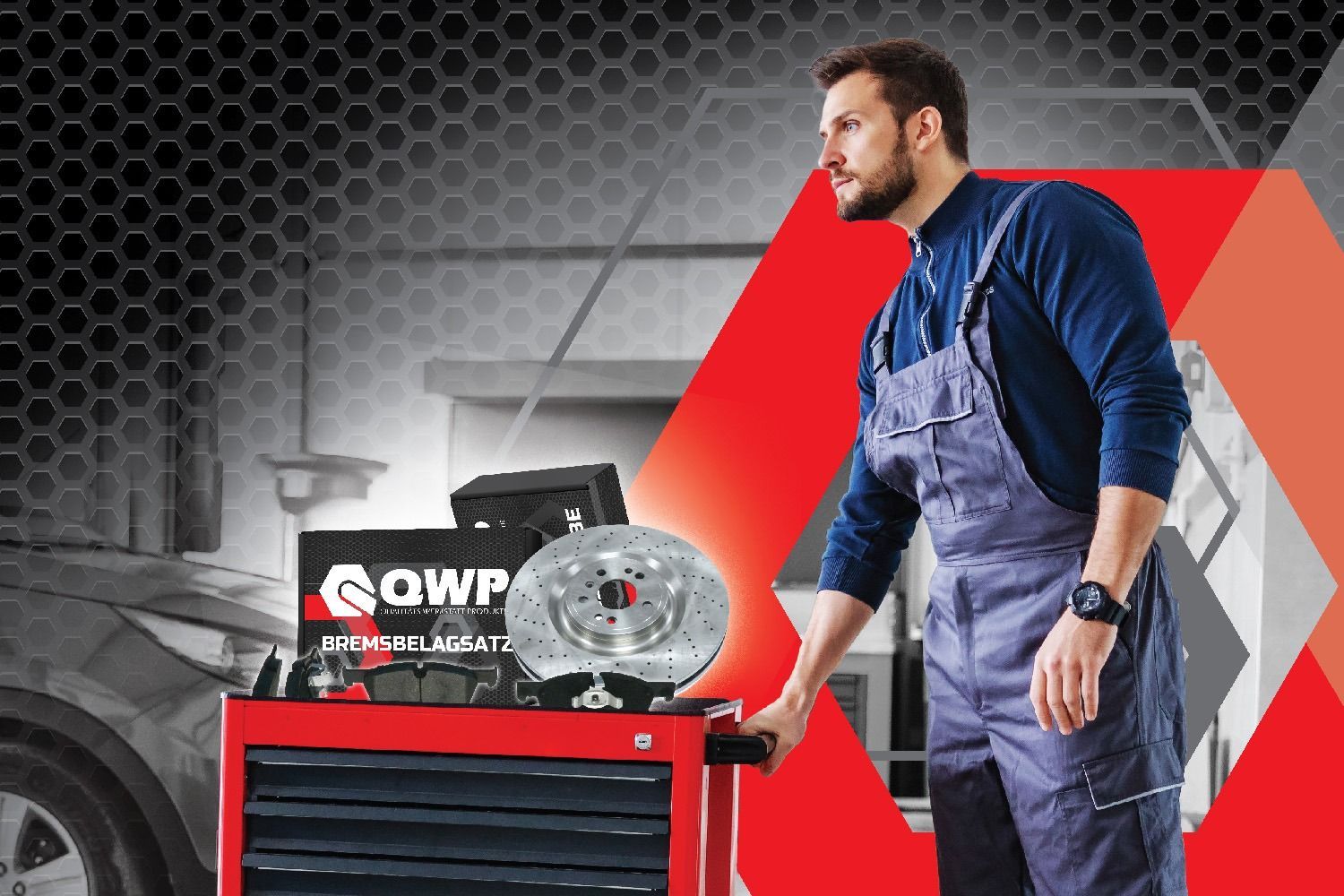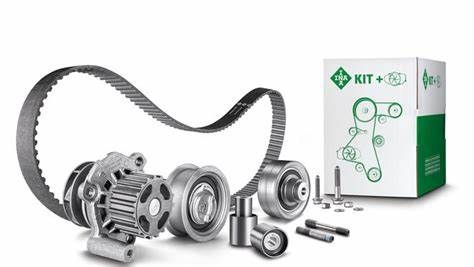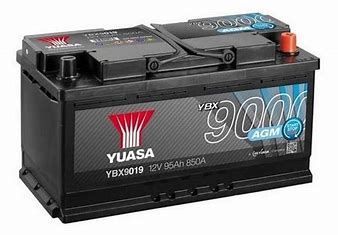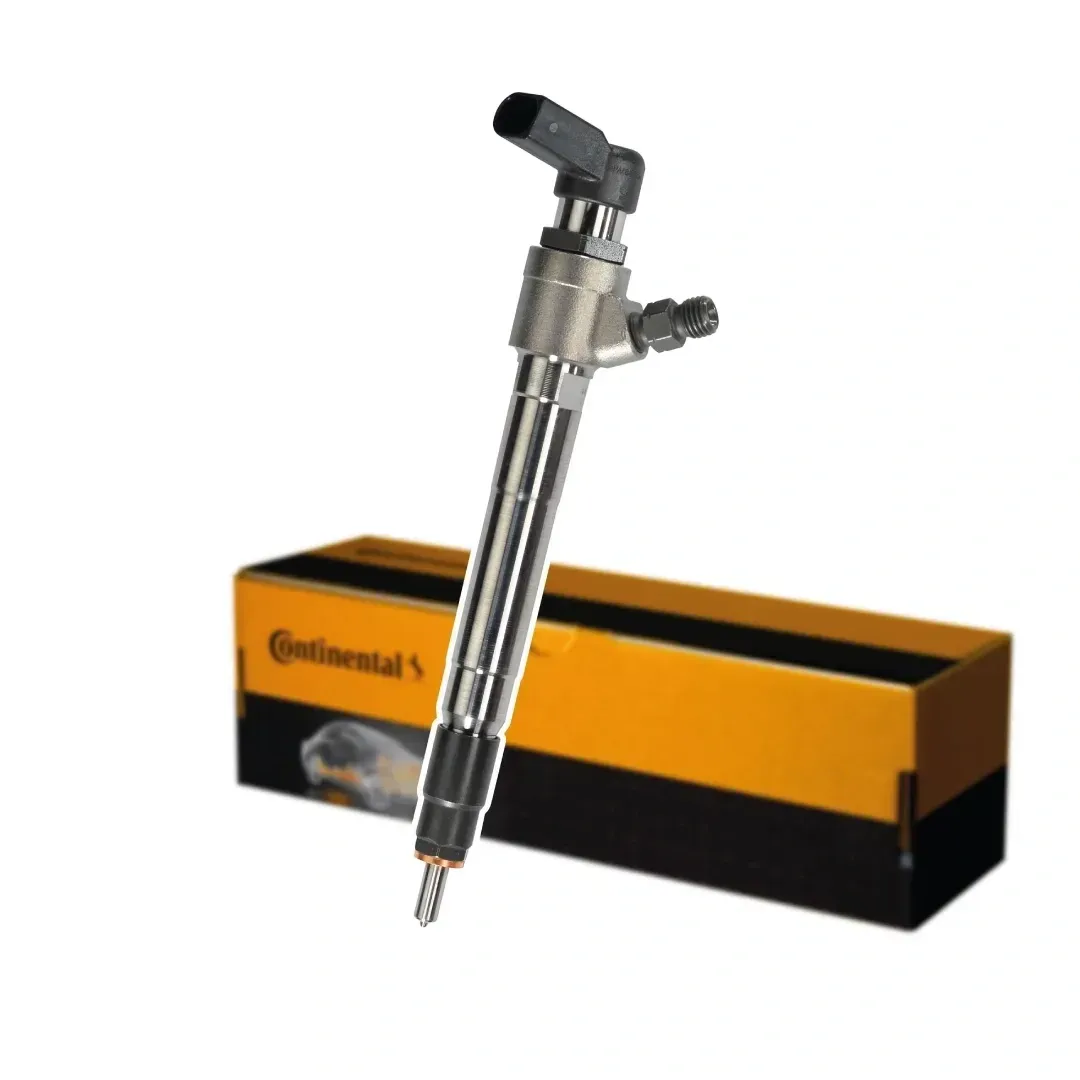Car Spare Parts
VAdvantages of Using Certified Partss
TOexact fit and compatibility guaranteed with the vehicle.
Materials and manufacturing processes that comply with European regulations.
Long-term cost reduction thanks to superior durability.
Ease of MOT inspections and preventative maintenance.
When replacing a car part, it is essential to ensure the proper functioning and safety of the vehicle.since performance, durability, reliability and safety depend on it.
The car spare parts of our brands are manufactured under the strictest quality controls.
Maintenance
Advantages of maintaining your car
Car maintenance is essential to ensure its safety, performance, and durability. Regularly checking brakes, tires, fluids, and lights prevents costly breakdowns and prolongs the life of your vehicle. Furthermore, a well-maintained car consumes less fuel, emits fewer pollutants, and retains its market value better. Following the manufacturer's recommendations and attending regular checkups is key to avoiding unforeseen events. Good maintenance not only protects the car, but also its occupants.
















